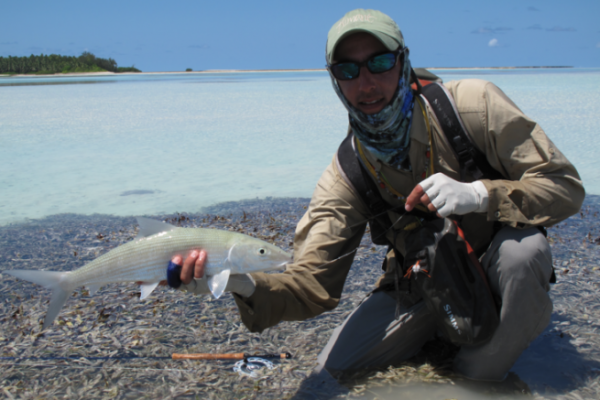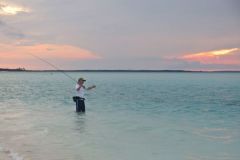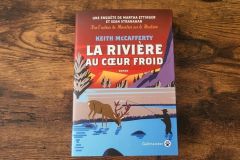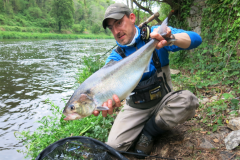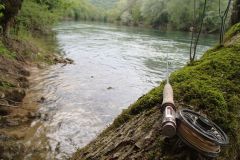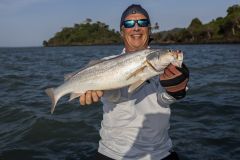Where to go bonefish fishing?
Bonefish, also known as macabi, grey ghost or banana fish, depending on the destination, can be found throughout the Caribbean.
It colonizes shallow waters in search of crabs, shrimps, worms and small fish, which it finds in the warm waters of Venezuela (Los Roques), Cuba, Mexico, Belize, Florida, the Bahamas, Guadeloupe and many other islands.
It can also be found in the Indian Ocean, notably in the Seychelles, but also on Christmas Island. Then there are the Pacific islands of Cook Island and Hawaii, as well as New Caledonia, where very large specimens can be found.
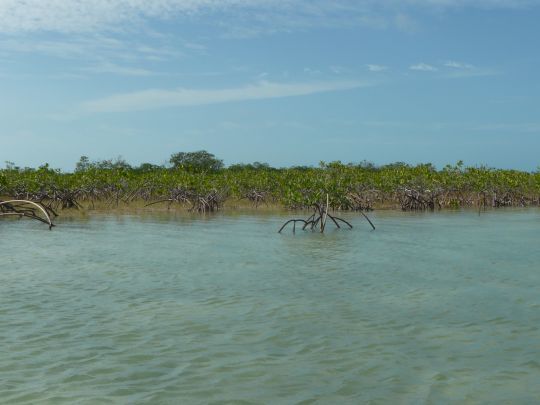
How to fish for bonefish
Bonefish feed in little water, sometimes less than 20 cm, where they stick out their dorsal and/or caudal fins to catch crabs and small shrimp. This is called tailing, and is quite characteristic of this species.
It is mainly fished by wadding on flats (shallow areas) when the bottom is hard enough to move along sandbanks, on harder bottoms (coral, turtle grass and sandy bottoms) or close to mangroves (mangroves).
When you want to cover more ground and/or the ground is too soft, you can also fish from a boat. The guide stands on a high platform equipped with a large carbon pole to push the flat-bottomed boat to the best spots. From this position, and thanks to his sharp, experienced eyes, the guide can spot fish from afar and signal them to the angler.
This is mainly sight fishing. You'll need to place your fly, often a shrimp imitation, in the path of the bonefish or a small group of fish to intercept their movement.
The angler makes small pulls or strips to imitate the swimming action of this crustacean and animates his fly according to the fish's behaviour. At the moment of the catch, you will feel a tension, even a tug, to which you must not react by raising the rod to avoid biting the fish. You need to pull slightly on the line to plant the fly in the bonefish's lips or palate. Beware of the unbelievably violent start! Their defence is phenomenal. They often take a lot of line and make violent, powerful runs or rushes. The reel must be well adjusted to quickly tire out this tireless sport fish!
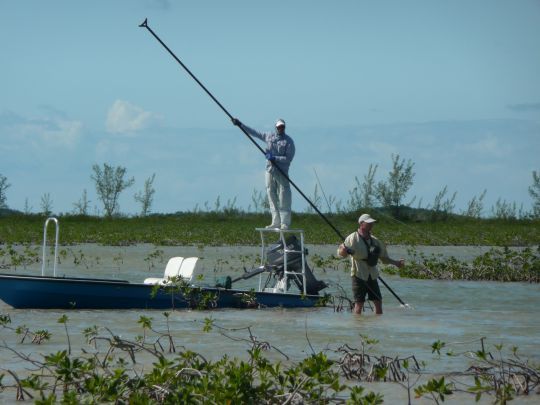
How to fly fish for bonefish
Bonefish average between 1 and 3 kg. They can get much bigger depending on the destination, and some areas are renowned for trophy fish. They can sometimes reach 6 or even 8 kg (very rare).
As a result, you need to use equipment that is adapted to the power of the rushes, but also to launch fast, sometimes far and often in windy conditions.
We'll be using 9-foot sea fly rods, most of which are Sage Salt R8s. You can go down to 7 fly line if conditions allow, especially in the absence of wind.

You need a quality reel, ideally with a powerful, progressive, watertight drag that can store line plus 150 m of backing. The Sage Enforcer is a must-have for stopping marine fish.
All the major brands offer special bonefish lines. They are floating to fish in little water, with a fairly long forward offset spindle, between 10 and 15 m. Rio Premier Bonefish are excellent for their glide through the rings and their ability to load the rod well and cast far.
To the end of the line, you need to add a tapered or tapering leader, either of your own making or purchased from bonefish models with a length of 3.5 to 4.5 m, depending on conditions. The tip ends in 10, 12 or 14 pounds, or even more if you're after large specimens.
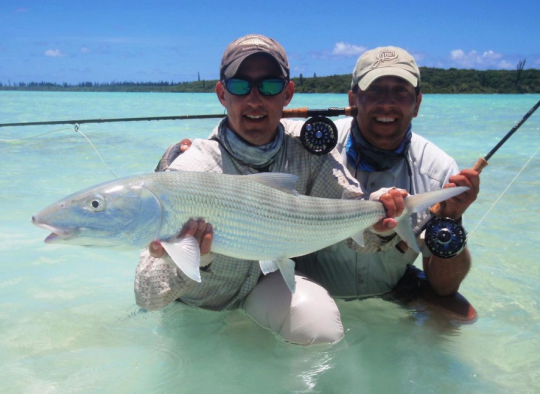
Shrimp imitations are the most popular for catching this fish, including crazy charlie, gotcha, verveka mantis shrimp...
You can also use small crabs in size 4 in white, tan or olive, depending on the background and substrate color.
Bonefish are opportunists and can also feed on other prey such as marine worms, small molluscs and even small fish, as in Los Roques, Venezuela, where small minnow clousers in sizes 4 and 2 are often used.
